Departure with a Routine Rhythm
It was a routine cargo run over the vast Alaskan expanse—just another flight for a young but qualified commercial pilot working for Grant Aviation. The date was June 2, 2024, and the destination was Kwigillingok, a remote village reachable only by air or water. The aircraft? A Cessna 207A, a workhorse of rural aviation, loaded with mail and cargo and sitting just 70 pounds shy of its maximum gross weight.
The 24-year-old pilot, holding a commercial certificate with over 900 flight hours—307 of them in the Cessna 207A—went through his checks diligently. Flaps set to 10°, fuel selector on the right tank, engine cowl flaps open, and mixture rich. The decision was made to perform a short-field takeoff from Runway 1L at Bethel Airport, a familiar move given Alaska’s demanding terrain and runway conditions.
A Promising Start—Then the Sink
Takeoff began normally. The Cessna lifted off around 64 knots, and the pilot kept it in ground effect to build up to 75 knots before pitching for climb. For a few fleeting moments, everything seemed smooth. The aircraft was climbing at 500 to 600 feet per minute and had reached about 200 feet above mean sea level.
Then, trouble.
The pilot felt the aircraft “sink.” Out of the corner of his eye, he noticed the wing flaps retracting. Almost instantly, the airspeed started to bleed off. In a desperate bid to regain momentum, the pilot pushed the nose down—but there just wasn’t enough altitude to recover.
The Cessna hit the runway hard. The impact left substantial damage to the fuselage and empennage. Miraculously, the pilot walked away without injury.
Anatomy of a Stall
The post-accident investigation was thorough. With electrical power to the flap system knocked out during the crash, investigators had to use an external battery to test the components. They found no abnormalities in the flap control system. Everything functioned properly.
What did stand out, though, was the position of the flaps and the flap lever—they were both fully retracted.
According to the Cessna 207A’s Pilot Operating Handbook, short-field takeoffs require flaps to stay at 10° until the aircraft reaches at least 80 knots indicated airspeed. This pilot, whether by inadvertent action or premature decision-making, had either retracted the flaps too early or began the takeoff with them improperly configured. The result was a classic low-altitude aerodynamic stall—precisely the type that leaves no room for recovery.

A Young Pilot, a Sharp Reminder
Despite his youth, the pilot was no novice. With over 800 hours as pilot-in-command and more than 300 hours in this exact make and model, he had the experience. His last flight review was in January, and he held a current first-class medical certificate.
Still, the mishap underscores a crucial aviation truth: experience doesn’t immunize against the consequences of procedural slip-ups. Whether it was a momentary lapse or an intentional—but mistimed—flap retraction, the aircraft’s performance envelope was unforgiving.
Weather and Runway—Not to Blame
The day’s conditions were far from hostile. Visibility stretched 10 miles, with a broken ceiling at 8,500 feet and no precipitation. Winds were moderate at 11 knots, gusting to 19, from the north. The runway was dry and long—over 6,400 feet of asphalt.
With no external factors interfering, all signs pointed back to pilot technique as the root cause.
The NTSB’s Verdict
The National Transportation Safety Board (NTSB) pinned the probable cause squarely on the pilot’s improper execution of the short-field takeoff procedure. Specifically, the premature retraction—or failure to extend—the flaps at a critical stage of flight led to the stall and hard landing.
In aviation, especially under Part 135 operations where the margin for error is razor-thin, such procedural missteps can escalate quickly into accidents.
Key Takeaways for Pilots
- Respect the Manual: The aircraft’s operating handbook is not a suggestion. Performance profiles, particularly in short-field or high-weight scenarios, are there for a reason.
- Mind the Flaps: Premature flap retraction is a common culprit in takeoff mishaps. Always ensure airspeed targets are reached before changing configuration.
- Vigilance, Even in the Routine: Repetition can dull awareness. It’s often on the most routine legs—like this short cargo hop—that complacency creeps in.
- Use All the Runway: In scenarios with ample runway and benign conditions, a normal takeoff may be safer than a short-field one.
Conclusion: A Cautionary Climb
This incident is a quiet reminder that even on clear days with dry runways and light winds, the sky doesn’t tolerate procedural shortcuts. One small miscue—like reconfiguring flaps just a few knots too early—can spiral into a hard landing.
Luckily, this was a survivable event. The pilot emerged unscathed, and the lessons, while hard-won, are invaluable.

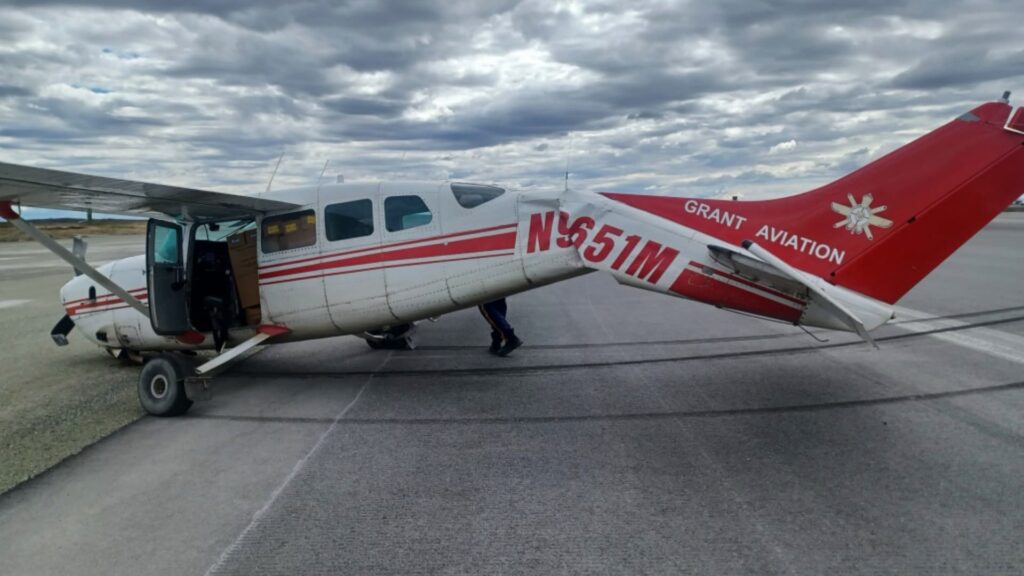


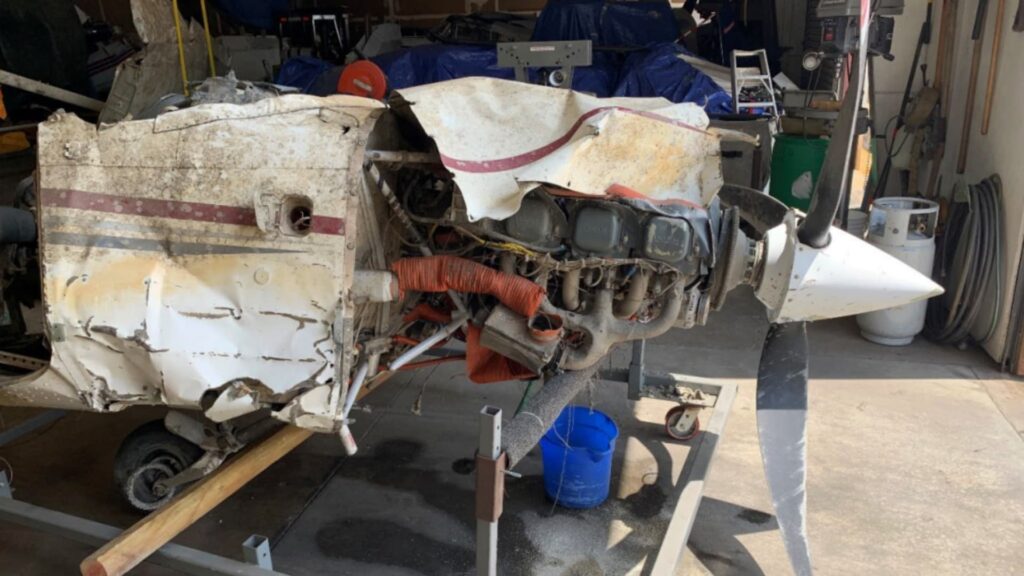
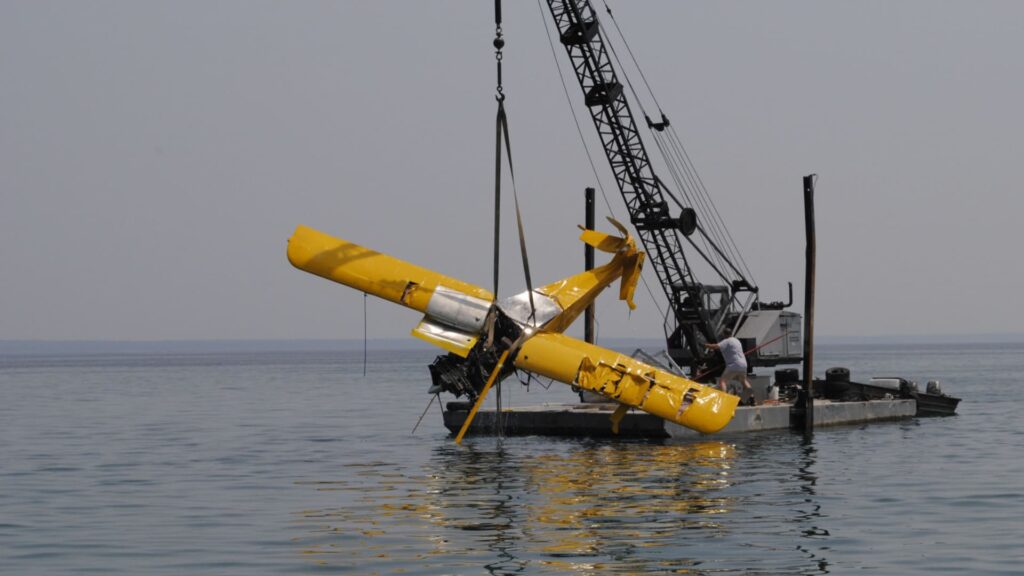
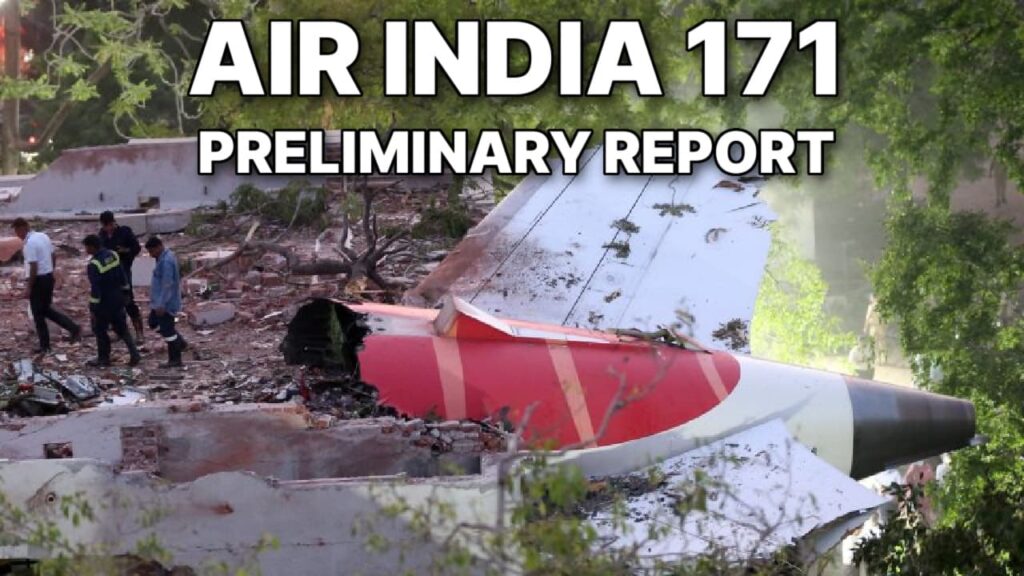
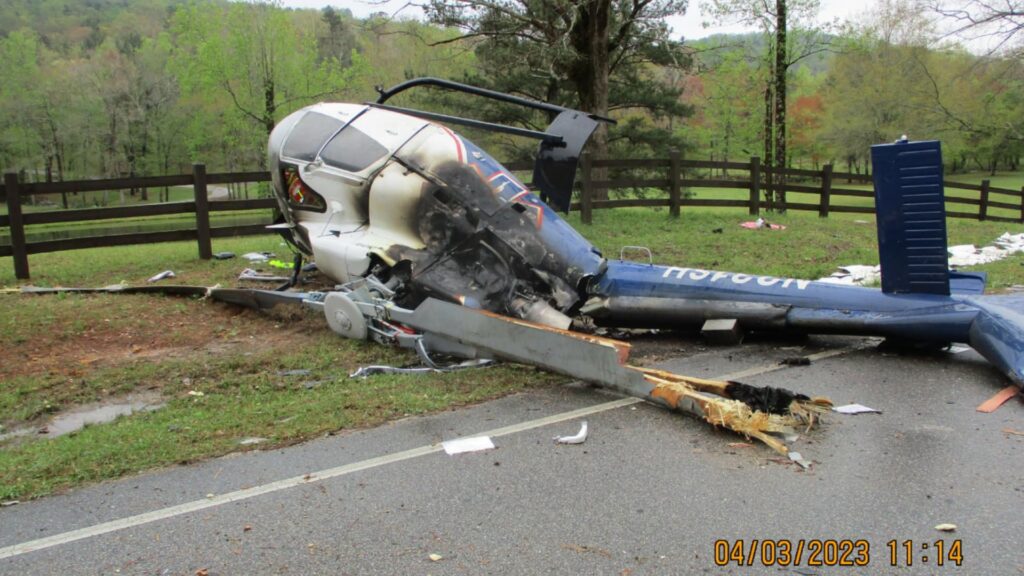
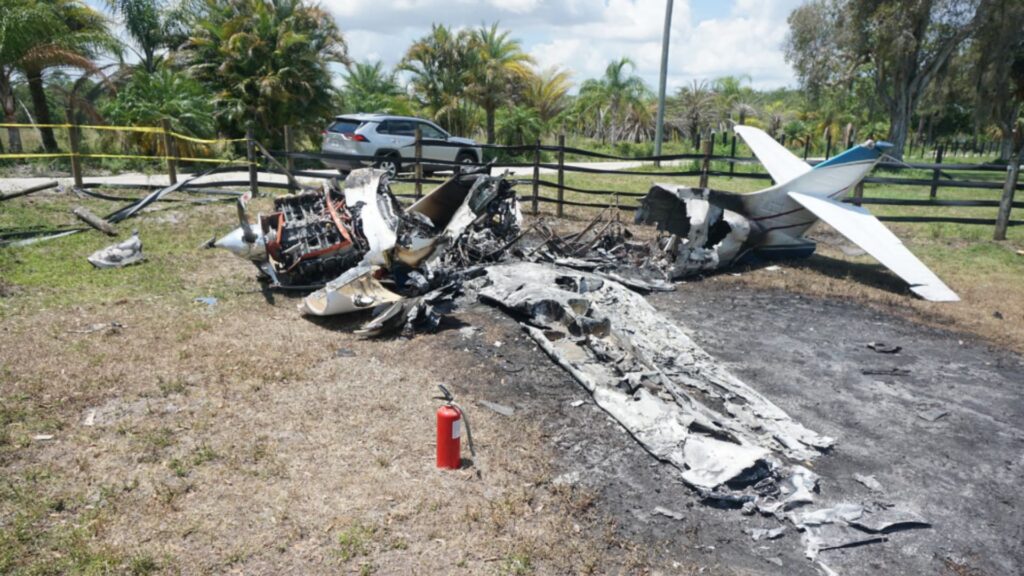
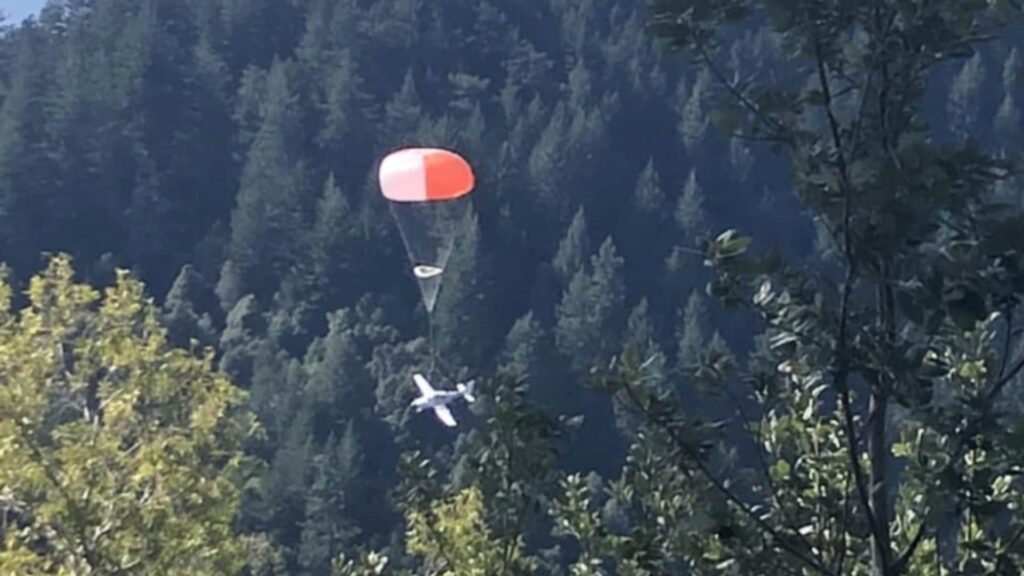

3 Comments
The manual is NOT “more like guidelines” to quote the movie, but rather a strict set of rules, written by people who have done the research.
Indeed the POH and other manufacturer’s guidance are written not by hot-dog pilots, but professional, cold and calculating engineers that are aware that the accuracy of their directions can make a safe flight into a tragedy, if not followed scrupulously. In aviation, a pilot can easily begin to push outside of the recommended envelope of safety, for what ever number of reasons. If he ‘gets away’ from flying outside of this envelope four times and survives, his fifth attempt can be catastrophic. None of us are immune to complacency and unsafe habits can develop so slowly that we don’t recognize them until one day, they become deadly. It takes a conscious effort, applied without fail to ensure we stay inside the envelope.
Premature flap retraction and heavy weight will get you every time. You got to mind the numbers.. All of them, all the time